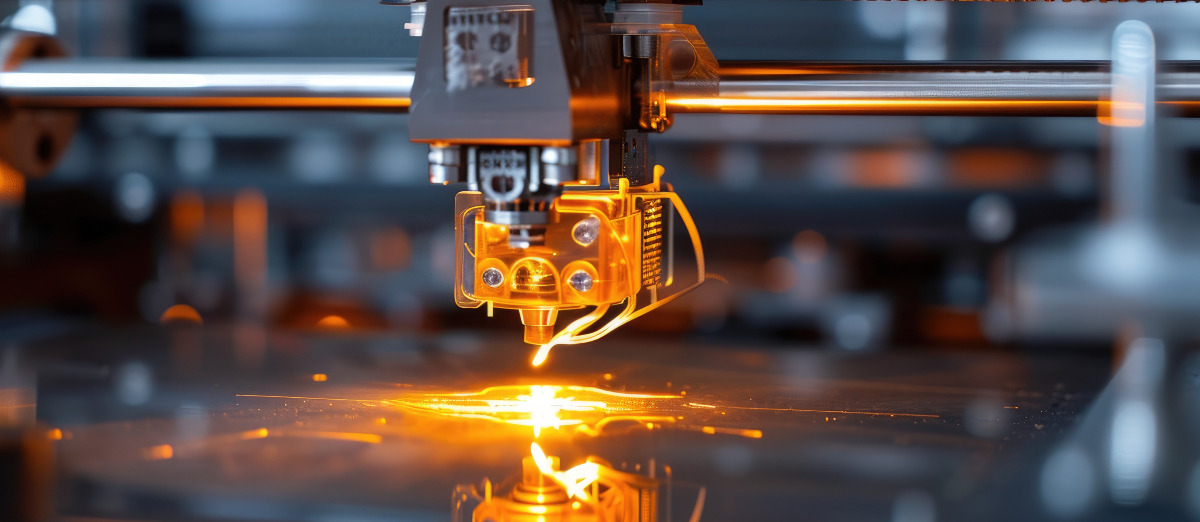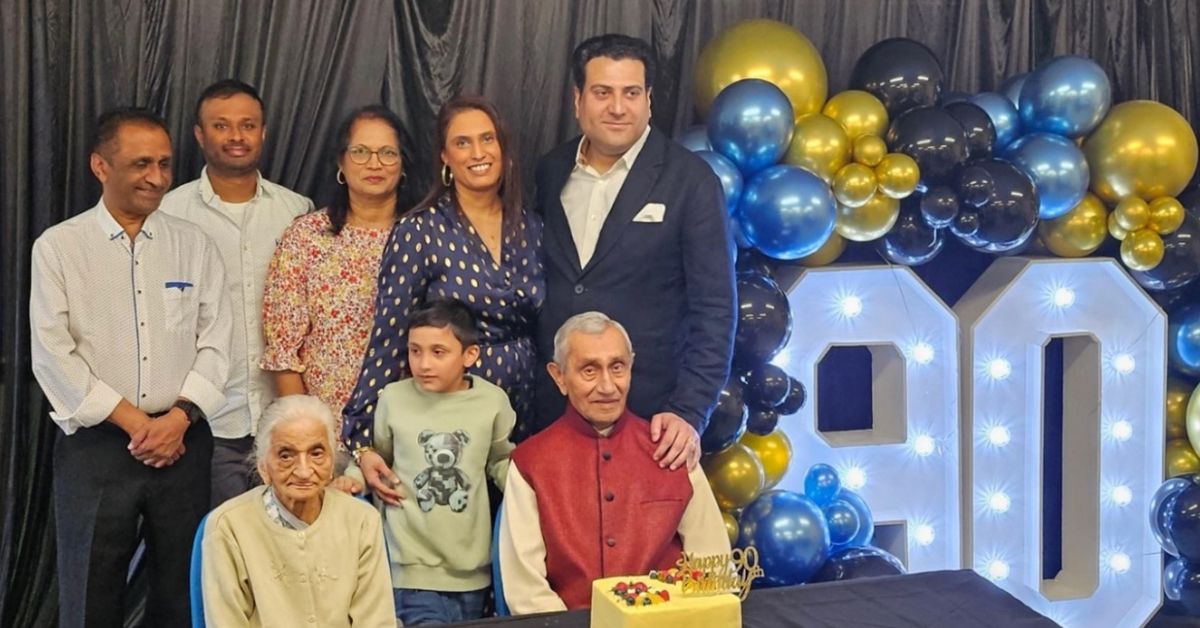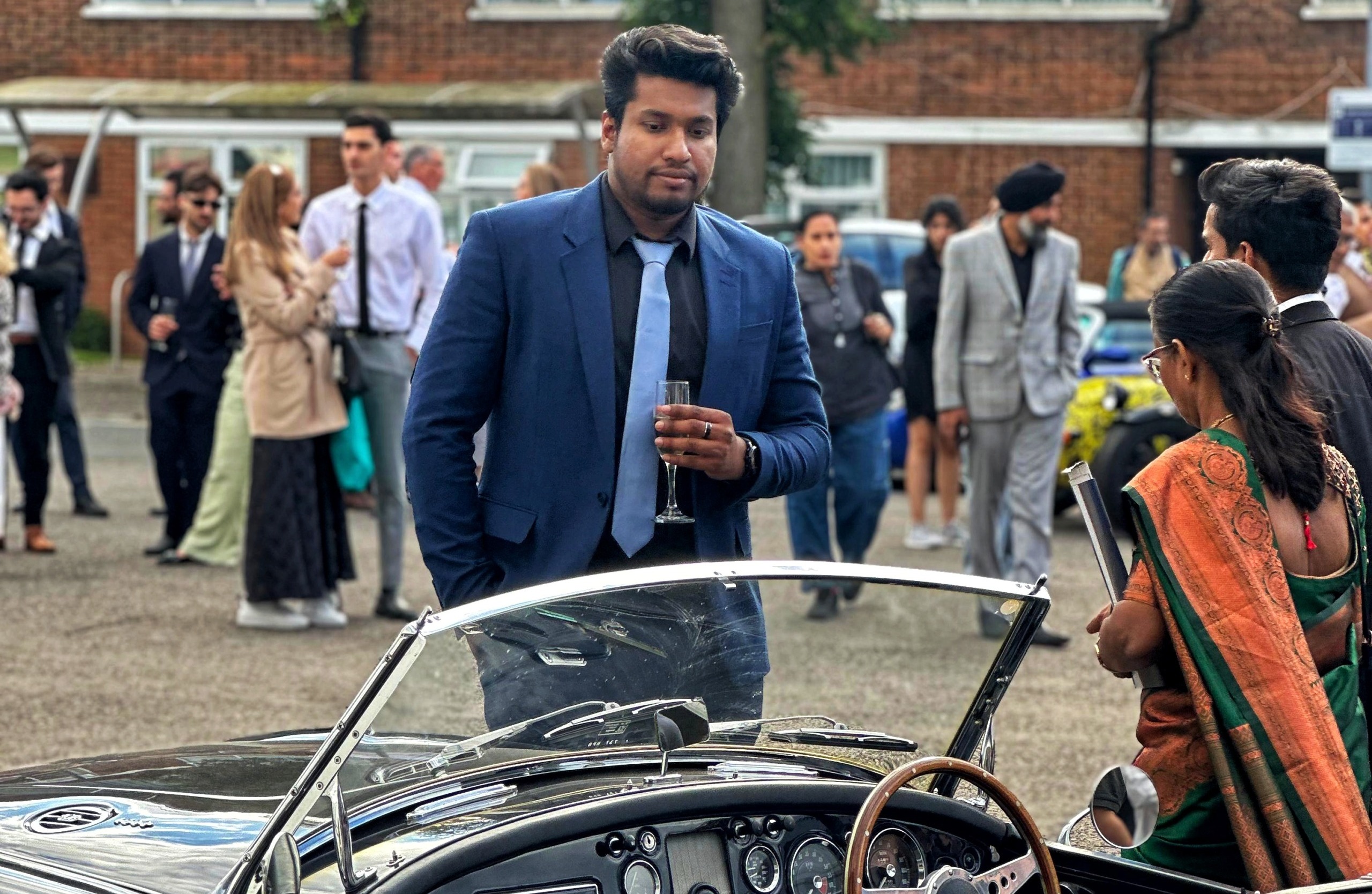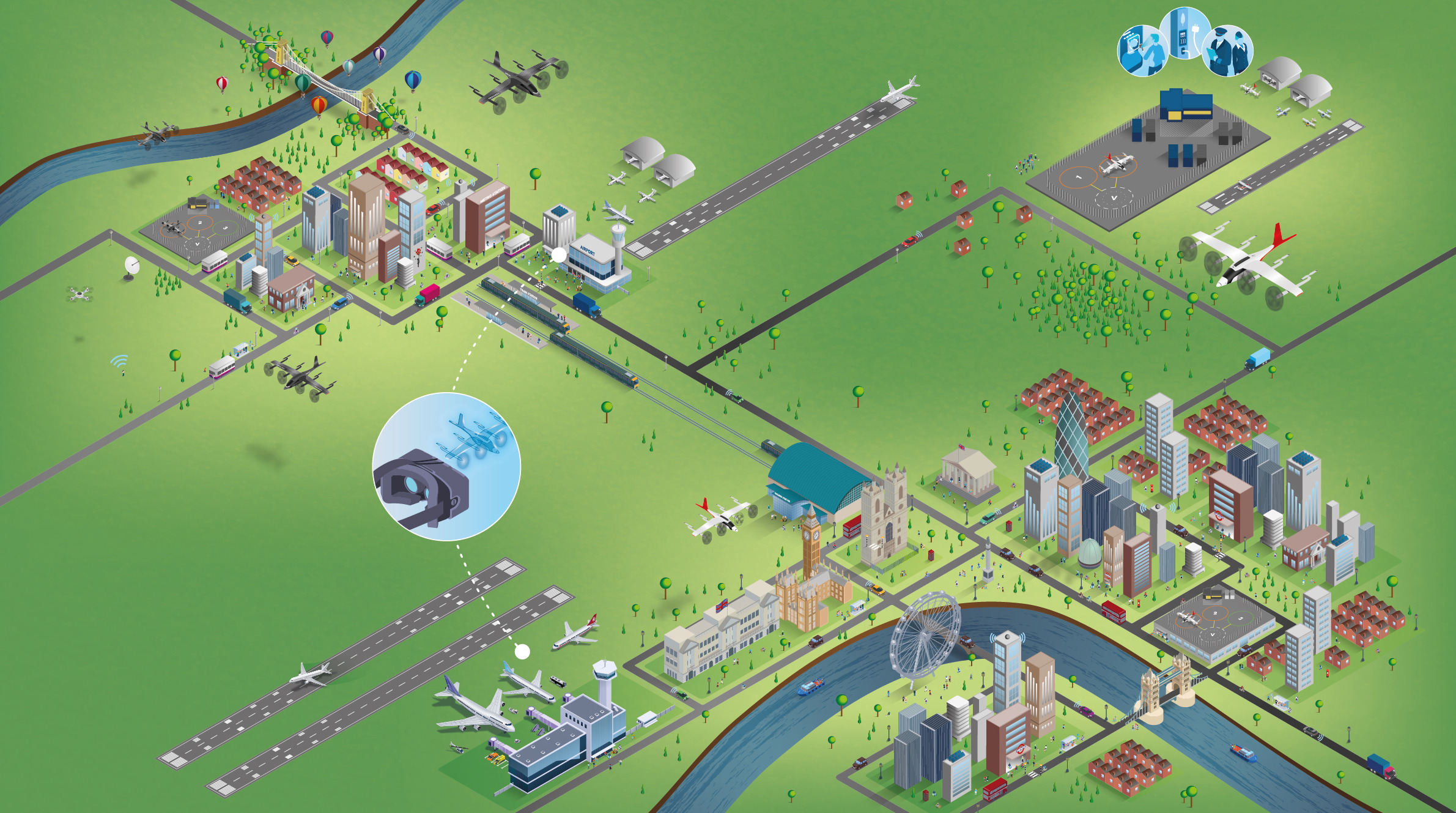CFI group at the German electron synchrotron (DESY)
30/06/2020
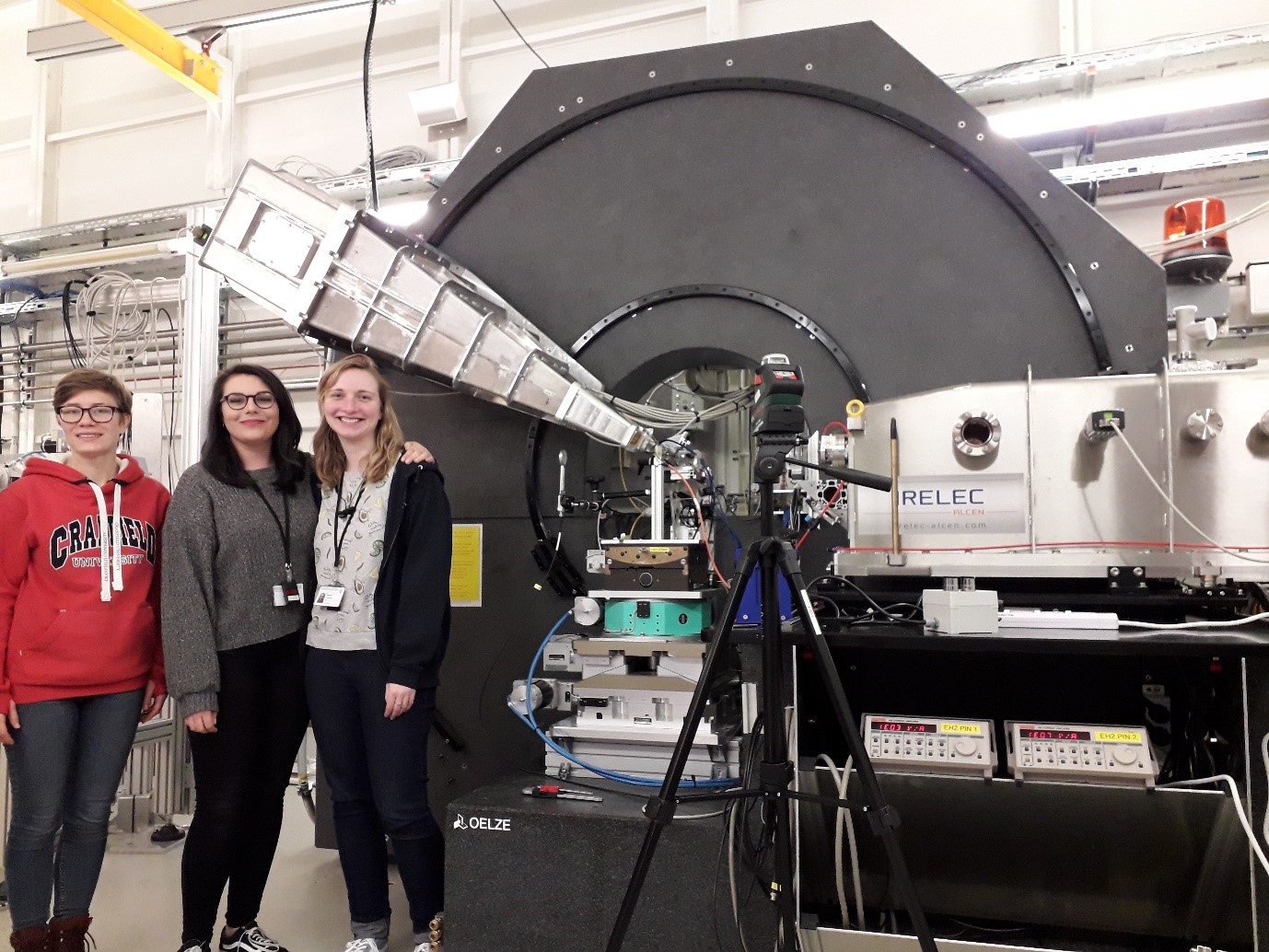
A group of three PhD students from Cranfield Forensic Institute finished a four day visit to DESY, the German electron synchrotron in Hamburg. The group was led by Marleen Vetter, whose PhD project explores novel aspects of polymers under stress. This was this first time the scientists at DESY had used their state of the art X-ray Raman system to look at this sort of material, and they were very interested to see how it would perform.
DESY was founded 60 years ago as the German national accelerator facility to understand the building blocks of the universe. Its impressive history includes world firsts such as, the creation of the antiproton shortly after it opened, and the discovery of the gluon in 1979. Extremely high intensity X-rays were produced as a by-product of these early experiments and scientists noticed that these were far brighter than could be created in the laboratory. They soon realised that these X-rays could be used for the advanced and highly precise analysis of materials. The PETRA III accelerator at DESY is now the brightest X-ray source of its kind anywhere in the world, and has a suite of techniques to analyse a wide range of materials. Many of these techniques can be thought of as ‘high end’ versions of the instruments you would see in many forensic laboratories.

Marleen was joined by two former Forensic Programme students, Emily Arnold (Forensic Engineering and Science) and Sammie Davies (Forensic Archaeology and Anthropology), and the three of them and their supervisors including myself (Prof David Lane) and Dr Matthew Healy had to work in shifts around the clock to get everything done.
Marleen has worked really hard and has managed every aspect of this trip, from writing the successful grant application and constructing the test samples, to planning work schedules. Once the scientists at DESY had trained Marleen, Emily and Sammie on the equipment they were left in charge of it to collect Marleen’s data.
Marleen said “It was great to be able to use the system, the team here at DESY has been really helpful, and I’d like to thank them for this opportunity”. The group visited Hamburg in mid-March immediately before the laboratory postponed all further visits due to the COVID-19 pandemic.
Categories & Tags:
Leave a comment on this post:
You might also like…
Keren Tuv: My Cranfield experience studying Renewable Energy
Hello, my name is Keren, I am from London, UK, and I am studying Renewable Energy MSc. My journey to discovering Cranfield University began when I first decided to return to academia to pursue ...
3D Metal Manufacturing in space: A look into the future
David Rico Sierra, Research Fellow in Additive Manufacturing, was recently involved in an exciting project to manufacture parts using 3D printers in space. Here he reflects on his time working with Airbus in Toulouse… ...
A Legacy of Courage: From India to Britain, Three Generations Find Their Home
My story begins with my grandfather, who plucked up the courage to travel aboard at the age of 22 and start a new life in the UK. I don’t think he would have thought that ...
Cranfield to JLR: mastering mechatronics for a dream career
My name is Jerin Tom, and in 2023 I graduated from Cranfield with an MSc in Automotive Mechatronics. Originally from India, I've always been fascinated by the world of automobiles. Why Cranfield and the ...
Bringing the vision of advanced air mobility closer to reality
Experts at Cranfield University led by Professor Antonios Tsourdos, Head of the Autonomous and Cyber-Physical Systems Centre, are part of the Air Mobility Ecosystem Consortium (AMEC), which aims to demonstrate the commercial and operational ...
Using grey literature in your research: A short guide
As you research and write your thesis, you might come across, or be looking for, ‘grey literature’. This is quite simply material that is either unpublished, or published but not in a commercial form. Types ...


